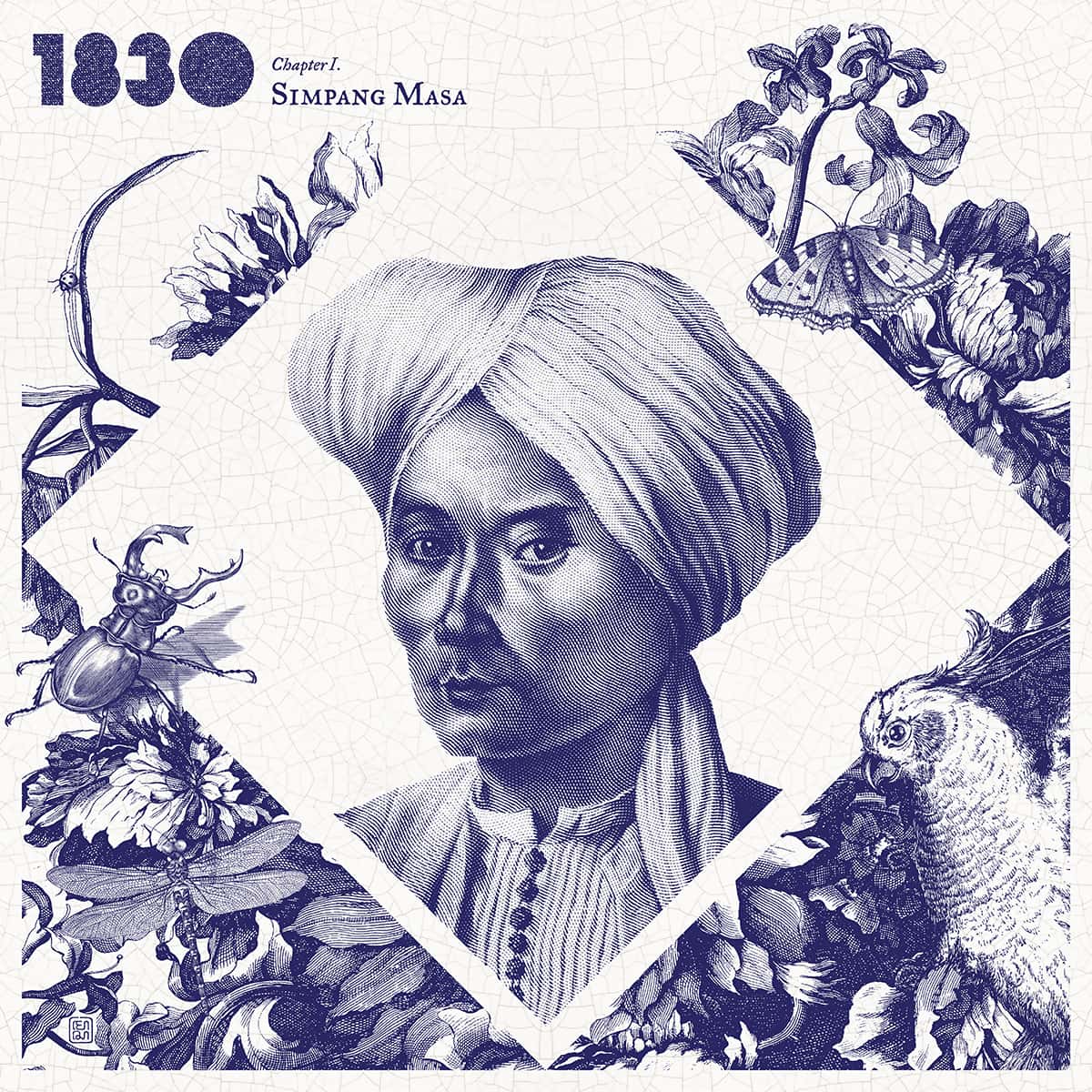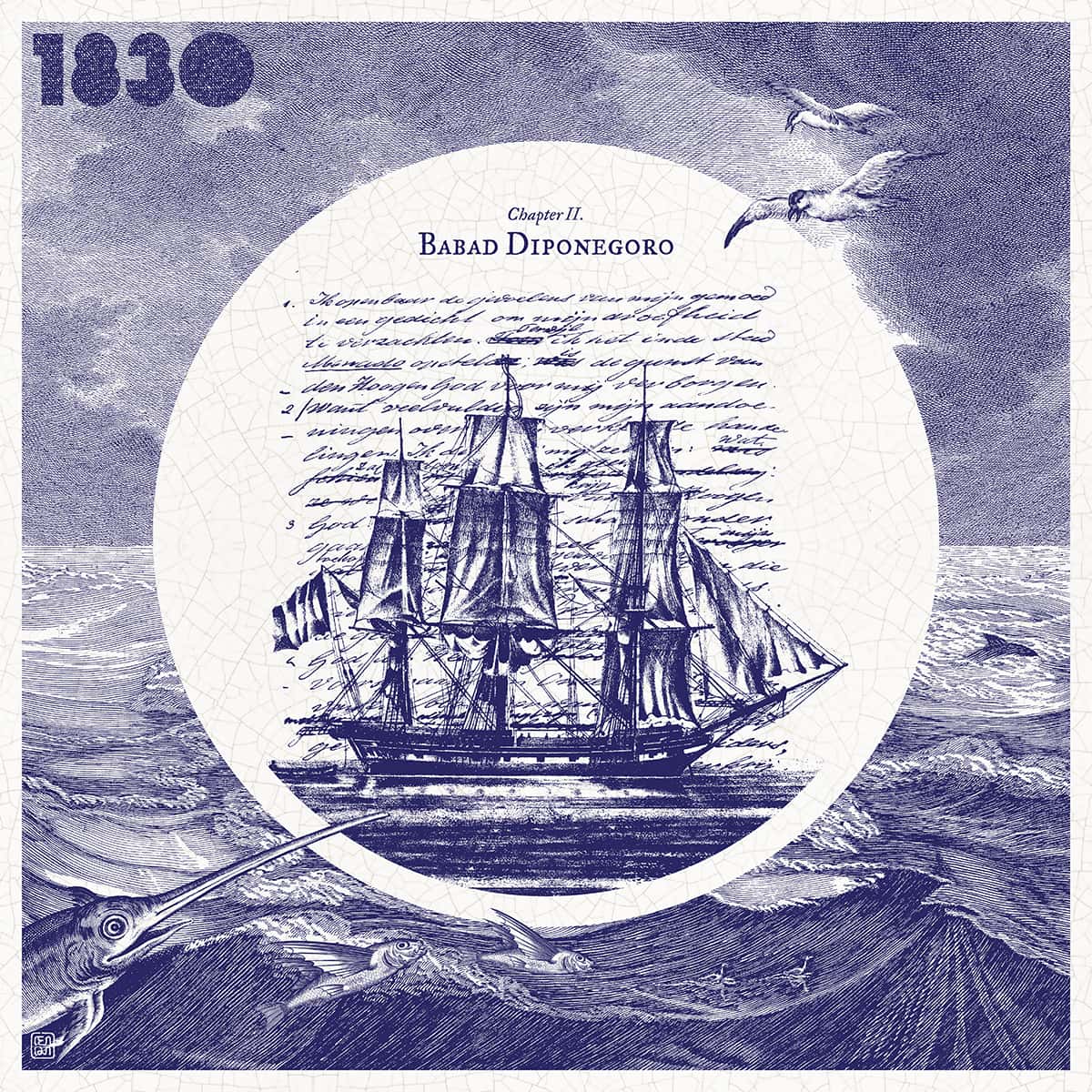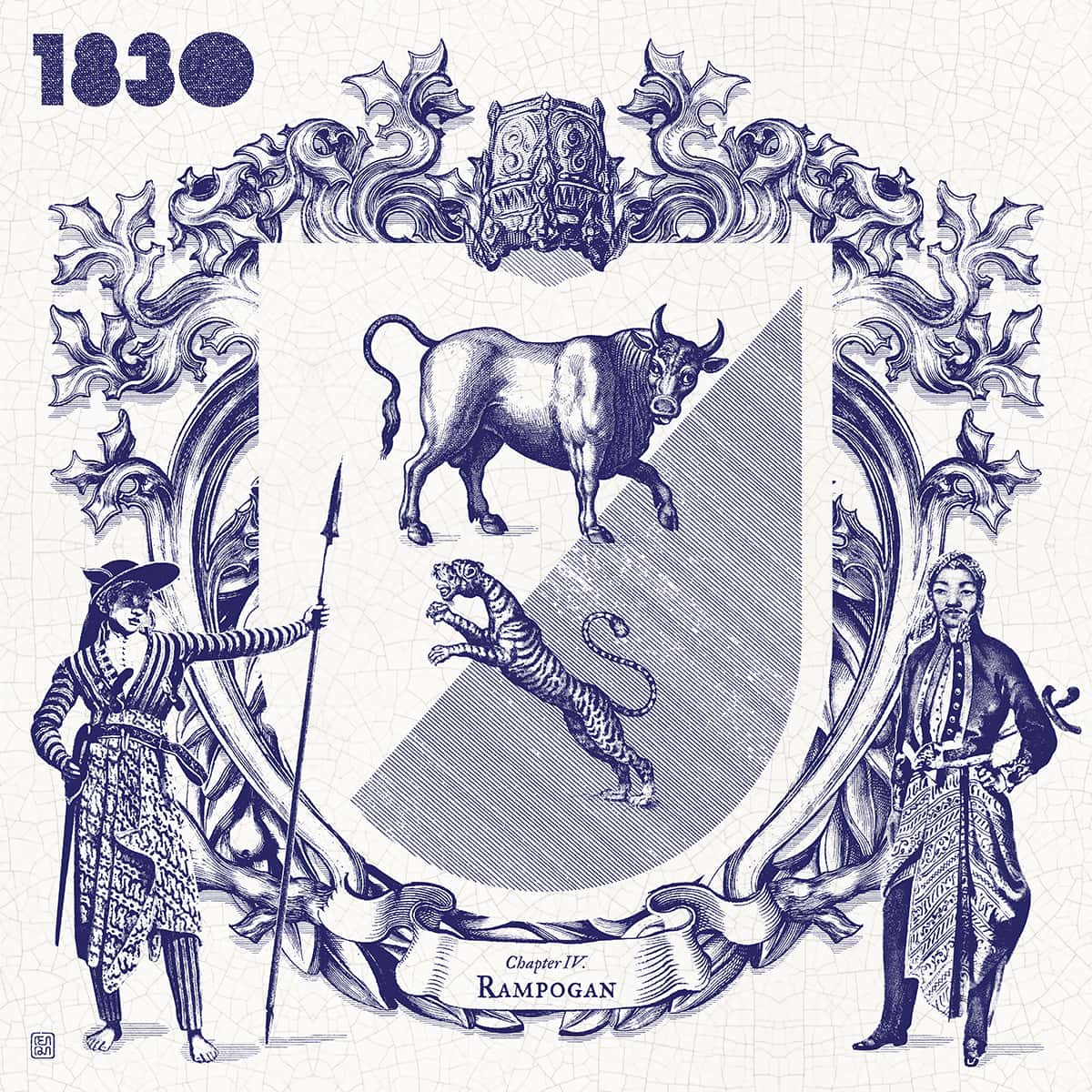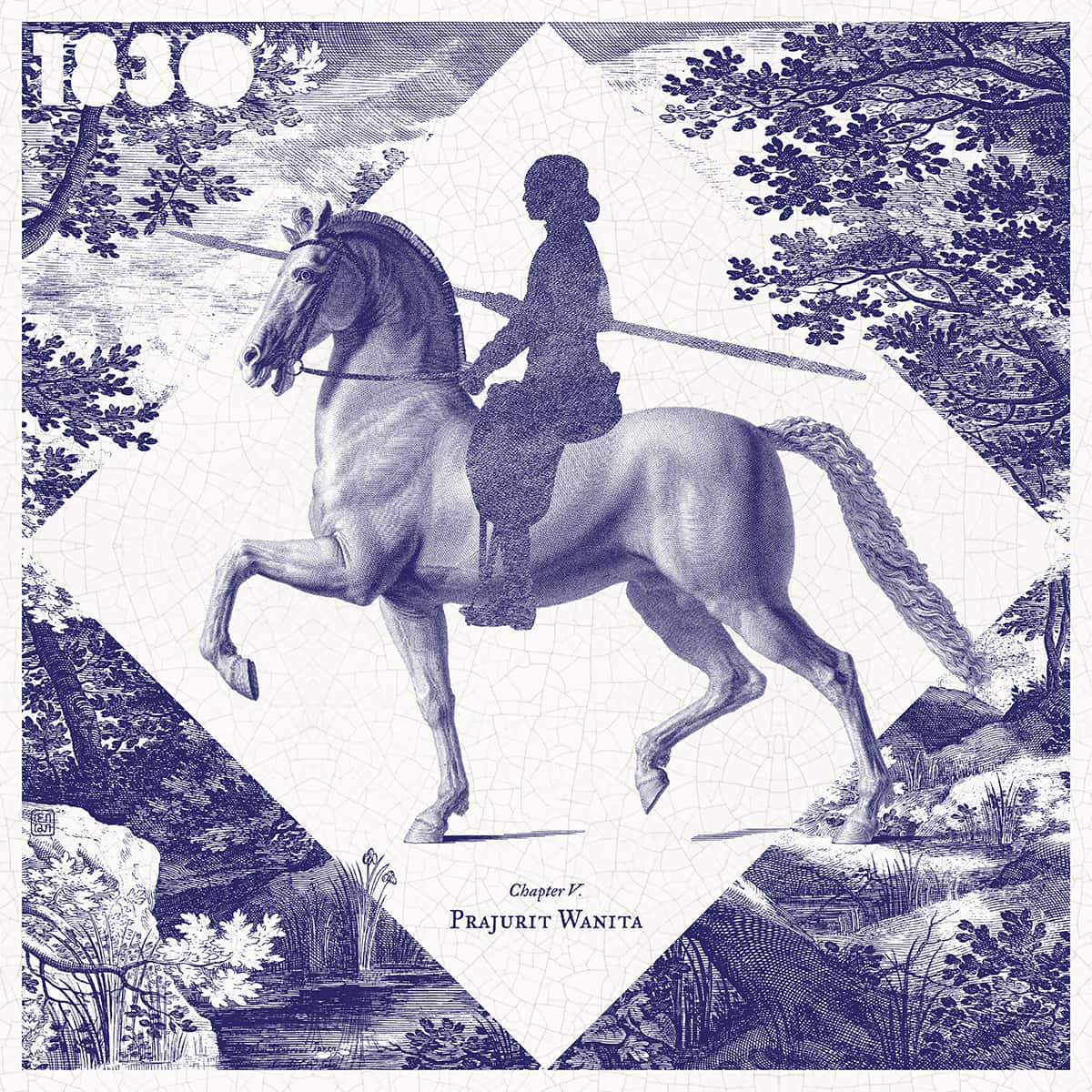EN / ID

A visual story
of Indonesian identity
and colonial influence.
A visual story
of Indonesian identity
and colonial influence.

Prince Diponegoro is an iconic figure in modern Indonesian history, embodying resistance and vision against Dutch colonial rule. Beyond armed struggle, his autobiography reveals intimate reflections on a world in transition between old Java and the colonial Indies, inviting us to reconsider identity, history, and Indonesia’s authentic future.

The three-masted Dutch Corvette-of-war Pollux transported Prince Diponegoro to exile in Manado in May 1830. Less than a year later, within the walls of Fort Nieuw Amsterdam in the North Sulawesi capital, the prince began to compose his literary masterpiece, Babad Diponegoro.

This sugar mill on the banks of the Kali Cisadane in Serpong and the construction of the railway are among the many radical changes that reshaped Java’s landscape and culture under the Cultivation System (1830-70) initiated by Governor-General Johannes van den Bosch.

This heraldic emblem depicts a rampogan, a ritual fight between buffalo and tiger once staged by the courts of Surakarta and Yogyakarta. Symbolising resilience and spiritual power, the practice ended in 1862 and was banned by the Dutch in 1905.

Ratu Ageng (ca. 1732–1803), consort of Yogyakarta’s first Sultan and guardian of Prince Diponegoro, became the first commander of the prajurit èstri (female bodyguard). Her legacy endured as many elite women later fought alongside Diponegoro during the Java War against Dutch colonial rule.
